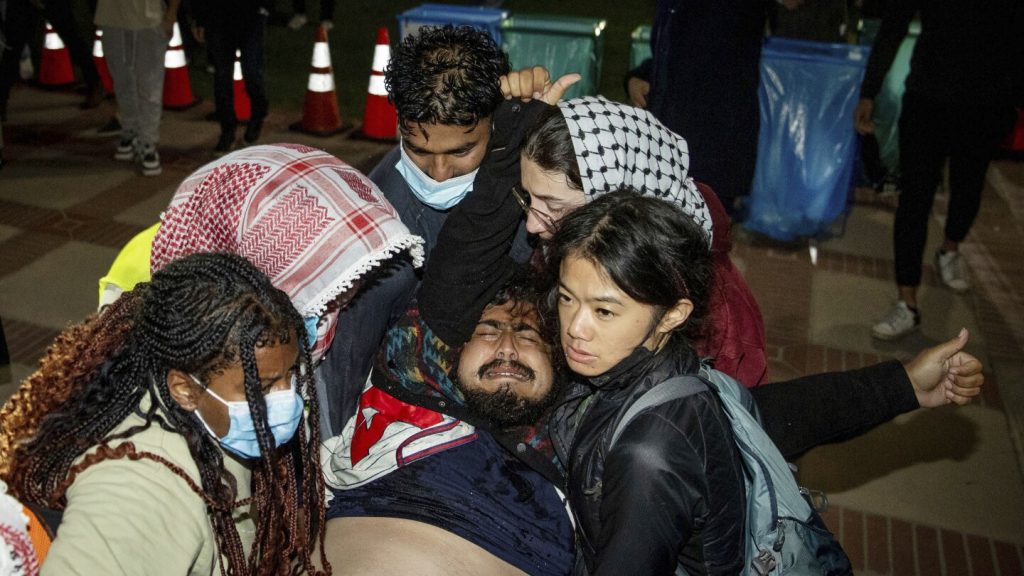Young activists across college campuses in the United States are drawing inspiration from historic protests of the past, particularly the anti-Vietnam War demonstrations of the 1960s and 70s. These students, like Columbia University graduate student Hannah Sattler, feel a connection to the campus organizers of the past and are using similar tactics such as taking over buildings for their protests. However, historians caution against directly comparing the current wave of campus protests to those of the Vietnam era, citing differences in scale and intensity.
While campus protests today have not resulted in the extreme violence seen during the anti-Vietnam War movement, there have been instances of police crackdowns and arrests. At the same time, there is a sense of tension and uncertainty as some fear a potential escalation towards tragedy. This feeling of unease harkens back to the turbulent era of the 1960s, known as “the long 60s” by some historians. Emotions are running high on campuses across the country, with some voices warning against a return to more violent methods of protest.
Students involved in the current wave of activism are advocating for various causes, with a focus on issues such as the Israeli-Palestinian conflict and calls for divestment from companies supporting the war effort. While some observers see similarities between the anti-Vietnam War protests and the current activism, others note key differences, such as the lack of respect for differing views on campuses today. The goal for many protesters is to effect change through non-violent means, although there are concerns about the potential for more aggressive responses from authorities.
Despite the challenges and potential risks involved, many young activists feel a sense of duty and connection to past movements. Students like Sattler, who comes from a Jewish background, are actively participating in protests with a commitment to non-violence and peaceful resistance. However, not all students share the same level of dedication, with some, like Northern Arizona University freshman Brayden Lang, expressing reluctance to engage in more extreme forms of protest. As the movement continues to evolve, the legacy of past protests serves as a guiding light for the current generation of activists.


